Ing’s Peace Poem Translated into Hindi
Ing’s Peace Poem “Peace Come to You”
Translated into Hindi by Hetal Patel, July 5, 2013
Hi Hetal,
Thank you very much; I will see you next Friday at 10 am.
Have a nice weekend.
Ing 7.6.2013
Hindi
From Wikipedia, the free encyclopedia
This article is about Modern Standard Hindi. For other uses, see Hindi (disambiguation).
|
Hindi |
|
|
The word “Hindi” in Devanagari script |
|
| Pronunciation | /ma?n??k ?in?d?i?/ |
| Native to | India Significant communities in South Africa, Nepal |
| Native speakers | 180 million (1991)[1] |
| Language family | Indo-European |
| Writing system | Devanagari (Brahmic) Hindi Braille |
|
Official status |
|
| Official language in | India |
| Regulated by | Central Hindi Directorate (India)[3] |
|
Language codes |
|
| ISO 639-1 | hi |
| ISO 639-2 | hin |
| ISO 639-3 | hin |
| Linguist List | hin-hin |
| Linguasphere | 59-AAF-qf |
Areas (red) where Hindustani (Khariboli/Kauravi) is the native language
Hindi, or more precisely Modern Standard Hindi, is a standardised and Sanskritised register of the Hindustani language (Hindi-Urdu). Hindustani is the native language of people living in Delhi, Haryana, Western Uttar Pradesh, Bihar, northeastern Madhya Pradesh, and parts of eastern Rajasthan,[4] and Hindi is one of the official languages of India. Colloquial Hindi is mutually intelligible with another register of Hindustani, (Modern Standard) Urdu, which is associated with the Muslim religion. The two varieties of Hindustani are nearly identical in basic structure and grammar, and at a colloquial level also in vocabulary and phonology. Mutual intelligibility decreases in literary and specialised contexts, which rely on educated vocabulary drawn from different sources; Hindi drawing its specialised vocabulary from Sanskrit, whilst Urdu does so from Persian and Arabic.
People who identify as native speakers of Hindi include not only speakers of Hindustani who are Hindu, but also many speakers of related languages who consider their speech to be a dialect of Hindi. In the 2001 Indian census, 258 million people in India reported Hindi to be their native language;[5] as of 2009, the best figure Ethnologue could find for speakers of actual Hindustani Hindi (effectively Khariboli dialect less Urdu) was a 1991 figure of 180 million.[1] This makes Hindi approximately the sixth-largest language in the world.
Official status[edit]
The Indian constitution, adopted in 1950, declares Hindi shall be written in the Devanagari script and will be the official language of the Federal Government of India.[6] However, English continues to be used as an official language along with Hindi. Hindi is also enumerated as one of the twenty-two languages of the Eighth Schedule of the Constitution of India, which entitles it to representation on the Official Language Commission.[7] The Constitution of India has effectively instituted the usage of Hindi and English as the two languages of communication for the Union Government. Most government documentation is prepared in three languages: English, Hindi, and the primary official language of the local state, if it is not Hindi or English.
It was envisioned that Hindi would become the sole working language of the Union Government by 1965 (per directives in Article 344 (2) and Article 351),[8] with state governments being free to function in the language of their own choice. However, widespread resistance to the imposition of Hindi on non-native speakers, especially in South India (such as the those in Tamil Nadu) and in West Bengal, led to the passage of the Official Languages Act of 1963, which provided for the continued use of English indefinitely for all official purposes. However, the constitutional directive for the Union Government to encourage the spread of Hindi was retained and has strongly influenced its policies[citation needed]
At the state level, Hindi is the official language of the following states: Bihar, Jharkhand, Uttarakhand, Madhya Pradesh, Rajasthan, Uttar Pradesh, Chhattisgarh, Himachal Pradesh, Haryana and Delhi. Each may also designate a “co-official language”; in Uttar Pradesh for instance, depending on the political formation in power, this language is generally Urdu. Similarly, Hindi is accorded the status of co-official language in several additional states[
The Constituent Assembly adopted Hindi as the Official Language of theUnionon 14 September 1949. Hence it is celebrated as Hindi Day.
In the year 1881 Bihar accepted Hindi as its sole official language replacing Urdu and thus became the first state ofIndia to adopt Hindi.
The Dwivedi Yug (“Age of Dwivedi”) in Hindi literature lasted from 1900 to 1918. It is named after Mahavir Prasad Dwivedi, who played a major role in establishing the Modern Hindi language in poetry and broadening the acceptable subjects of Hindi poetry from the traditional ones of religion and romantic love.
In the 20th century, Hindi literature saw a romantic upsurge. This is known as Chhayavaad (shadowism) and the literary figures belonging to this school are known as Chhayavaadi. Jaishankar Prasad, Suryakant Tripathi ‘Nirala’, Mahadevi Varma and Sumitranandan Pant, are the four major Chhayavaadi poets.
Uttar Adhunik is the post-modernist period of Hindi literature, marked by a questioning of early trends that copied the West as well as the excessive ornamentation of the Chhayavaadi movement, and by a return to simple language and natural themes.
Below is the information from Omniglot website:
Hindi ( )
Hindi is an Indo-Aryan language with about 487 million speakers. It is one of the official languages of India and is the main language used in the northern states of Rajasthan, Delhi, Haryana, Uttarakhand, Uttar Pradesh, Madhya Pradesh, Chhattisgarh, Himachal Pradesh, Jharkhand and Bihar, and is spoken in much of north and central India alongside other languages such as Punjabi, Gujarati, Marathi or Bengali. In other parts ofIndia, as well as inNepal,BangladeshandPakistan, Hindi is understood. InFijipeople of Indian origin speak Hindi, and in some areas the Fijian people also speak it.
Hindi is closely related to Urdu, the main language of Pakistan, which is written with the Arabic script, and linguists consider Standard Hindi and Standard Urdu to be different formal registers both derived from the Khari Boli dialect, which is also known as Hindustani. Apart from the difference in writing systems, the other main difference between Hindi and Urdu is that Hindi contains more vocabulary from Sanskrit, while Urdu contains more vocabulary from Persian. At an informal spoken level there are few significant differences between Urdu and Hindi and they could be considered varieties a single language.
Hindi first started to be used in writing during the 4th century AD. It was originally written with the Brahmi script but since the 11th century AD it has been written with the Devan?gar? alphabet. The first printed book in Hindi was John Gilchrist’s Grammar of the Hindoostanee Language which was published in 1796.
Devan?gar? alphabet for Hindi
Vowels (????) and vowel diacritics
Consonants (??????)
Numerals
Excel spreadsheet of the above charts
Sample text in Hindi
The following is a sample text in High Hindi, of the Article 1 of the Universal Declaration of Human Rights (by the United Nations):
Transliteration
Sarbh? manu?y?n? k? gaurav aur adhik?r?n? k? m?mal? m?n? janmaj?t svatantrat? aur sam?nat? pr?pt hai. Unh?n? buddhi aur antar?tm? k? d?n pr?pt hai aur paraspar un?n? bh??c?r? k? bh?v s? bart?v karan? c?hiy?.
A recording of this text by Ganesh Deshmukh
A recording of this text by ??????? ???? ??? (Mohammad Shakeb Baig) from ?????, ???? (Bhopal, India)
Translation
All human beings are born free and equal in dignity and rights. They are endowed with reason and conscience and should act towards one another in a spirit of brotherhood.
(Article 1 of the Universal Declaration of Human Rights)
Thanks to Arvind Iyengar for providing the above sample text.
Central Indian Culture
North Indian Culture
Please visit the following links for more information:
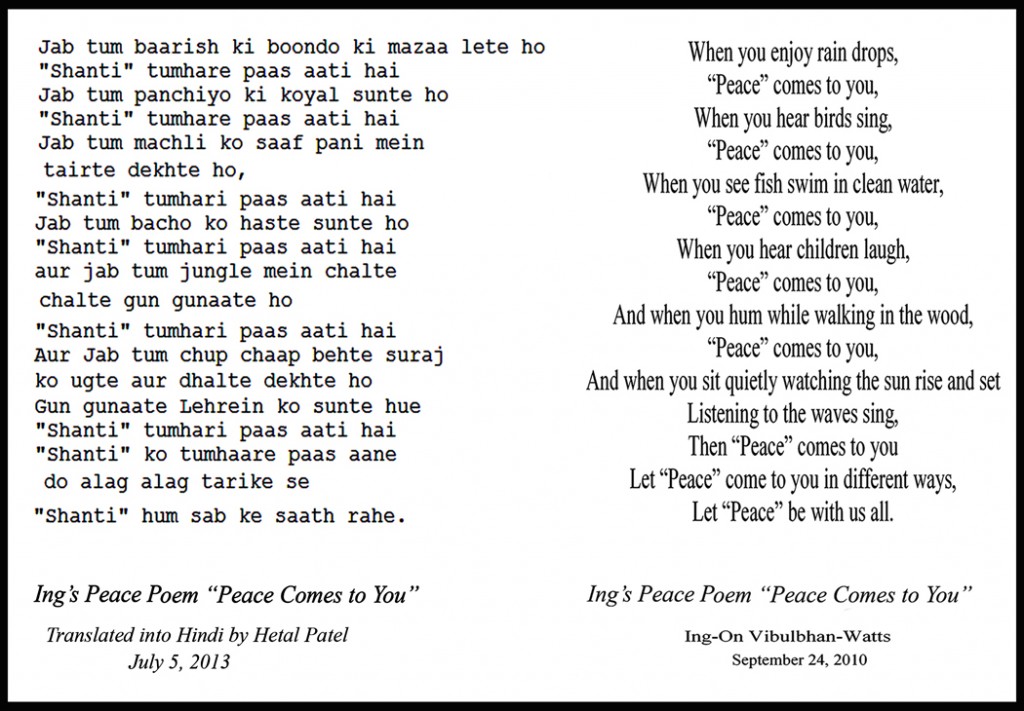
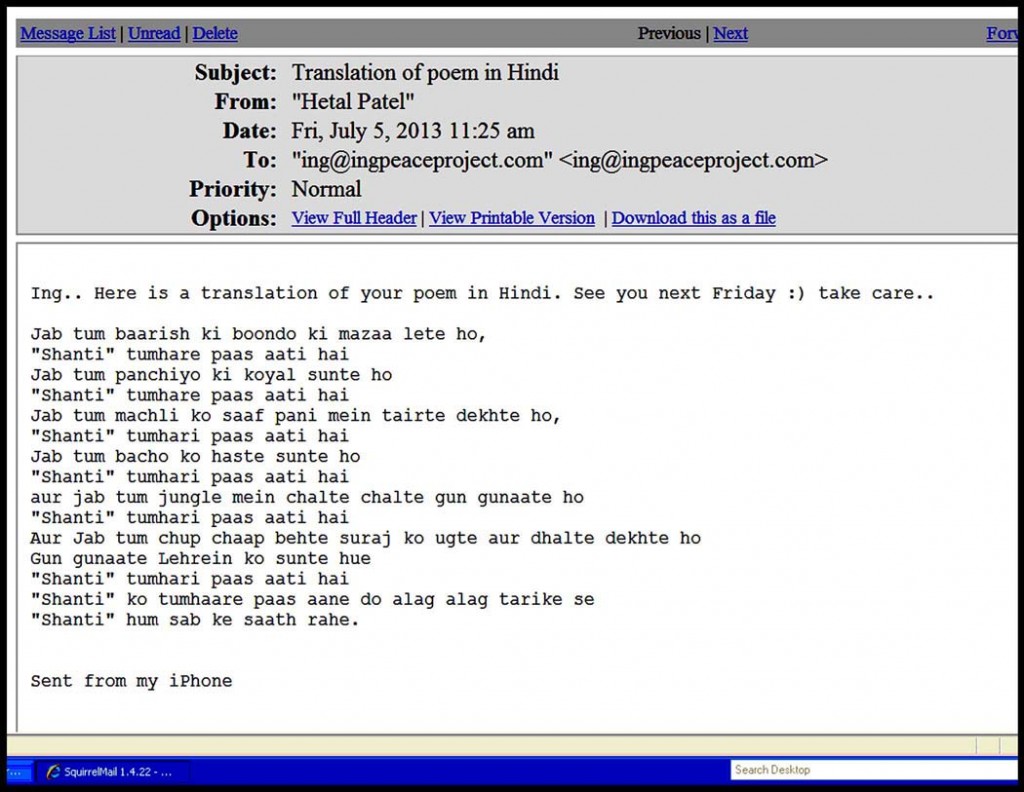
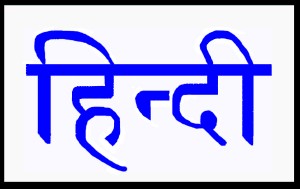
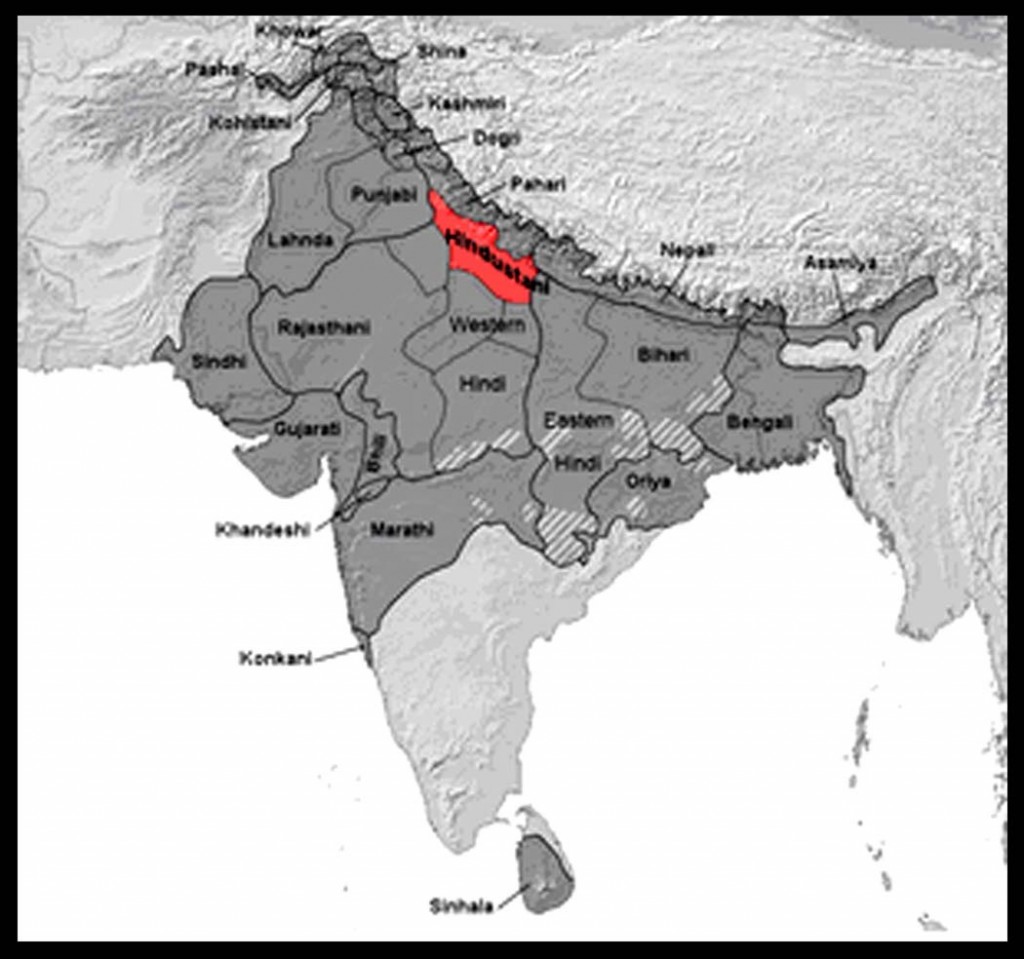
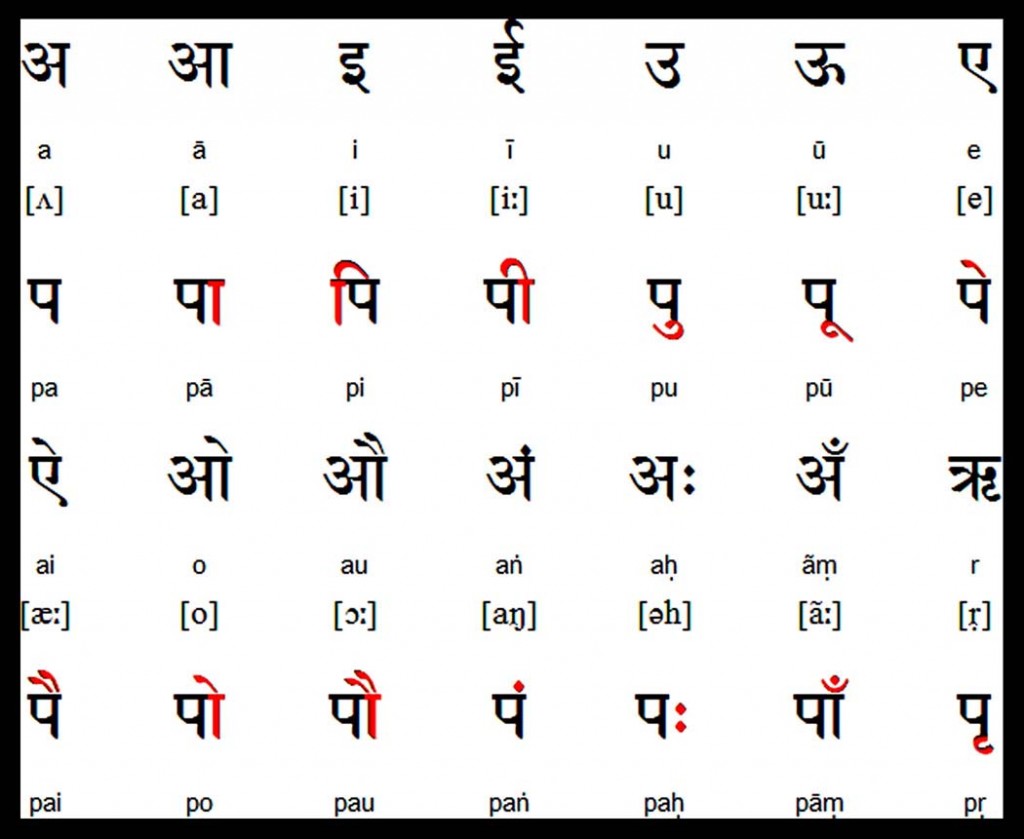
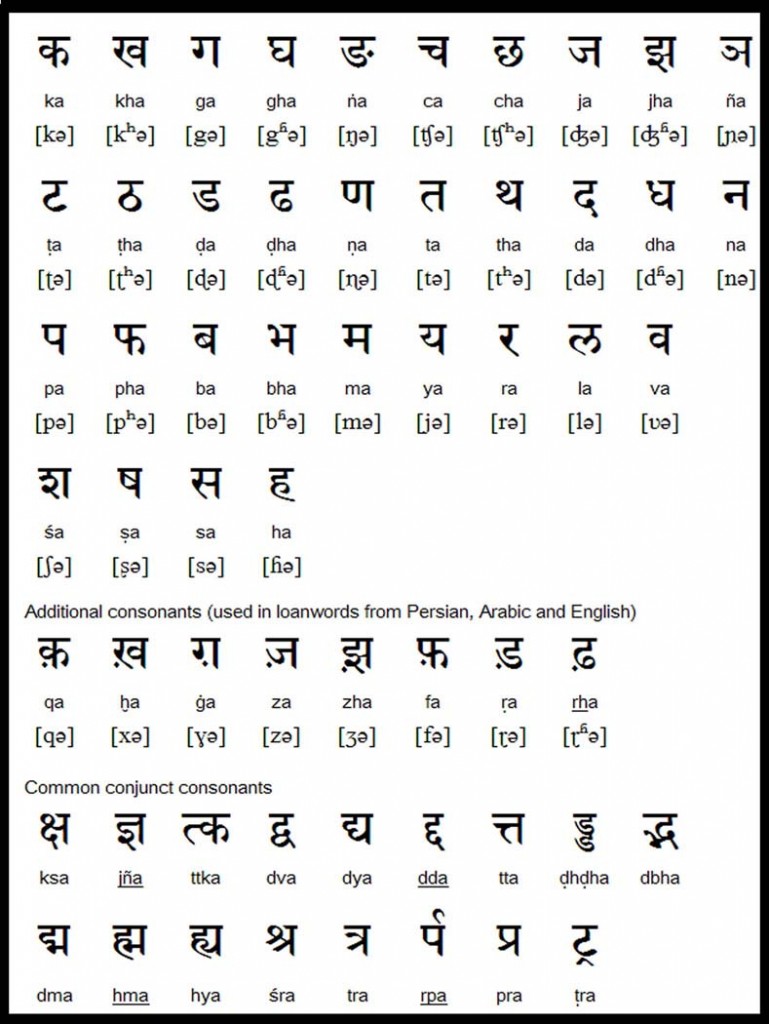

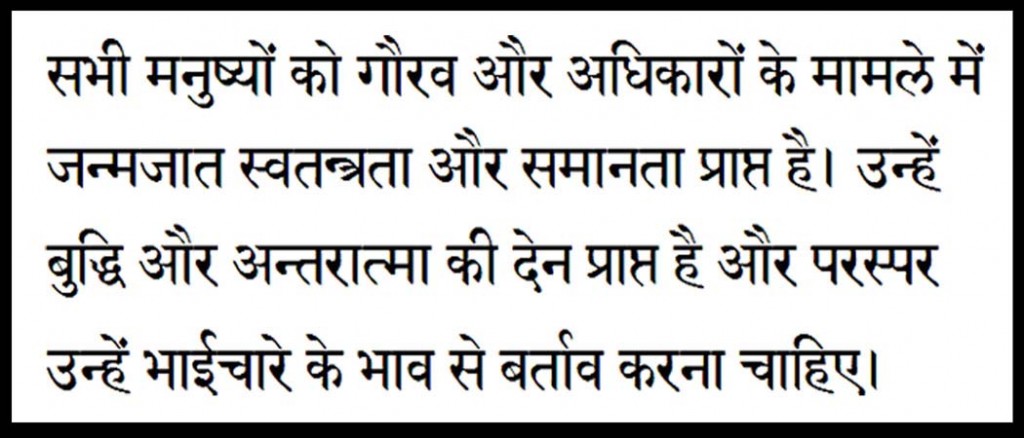








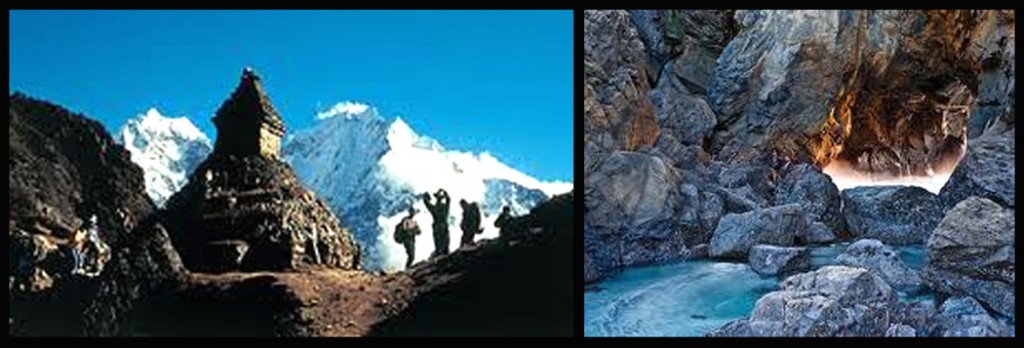

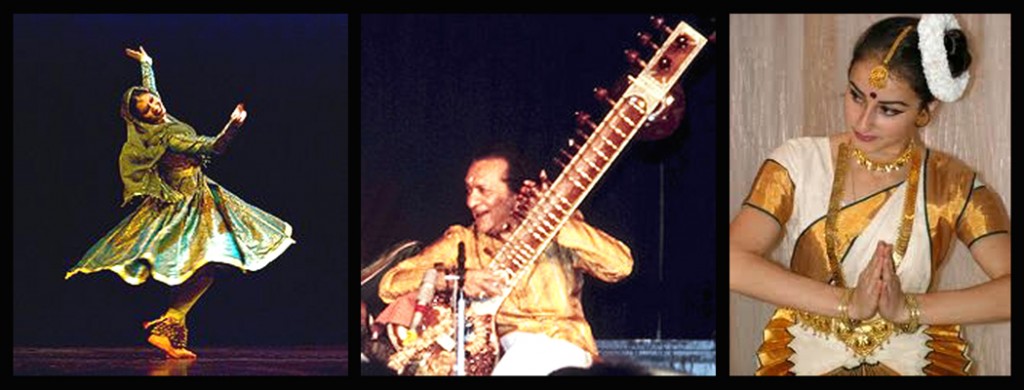

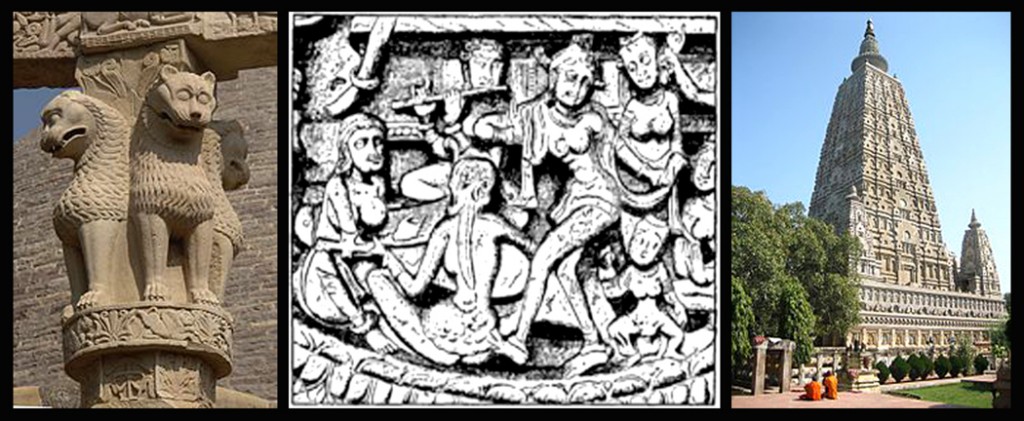
Leave a Reply